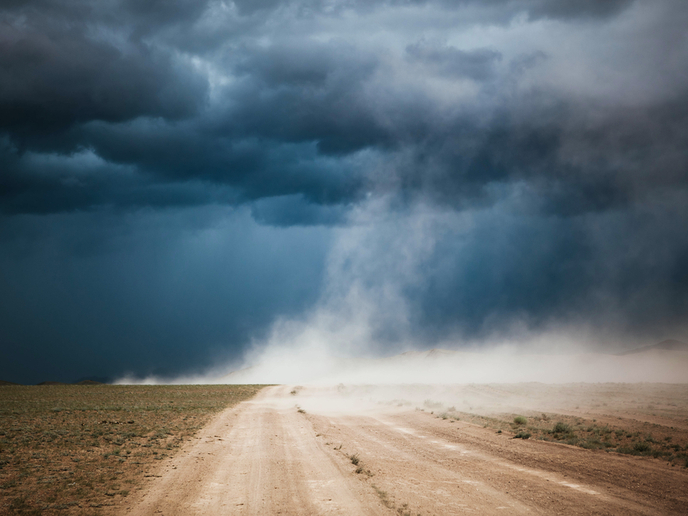Dust from ancient times helps predict future climate change
Mineral dust enters the atmosphere largely through wind erosion of exposed soil. During the several days and several thousand kilometres that the dust particles can remain airborne, they absorb and scatter solar and thermal radiation, affect cloud and ice nucleation, and alter the absorbance and reflection properties of surfaces. By transporting elements such as iron and phosphorous to remote locations, wind-blown dust also supports ecosystem functions which in turn affect the carbon cycle. A pressing need to understand and predict climate change is fostering accelerated interest in global dust cycles. With support from the Marie Skłodowska-Curie Programme, scientists working on the DUSC3 project enhanced a state of the art climate model that includes global dust cycle dynamics. Scientists integrated large amounts of paleodust observational data, filling important knowledge gaps and increasing the accuracy of predictions of future impacts of aerosol feedback on climate change. Learning from the past, preparing for the future Fluctuations in the global dust cycle are recorded in the Earth’s land, ice and oceans. Researchers of paleodust cycles investigate variability in the alternation of glacial and interglacial cycles as well as over shorter time scales. During glacial periods, large ice sheets covered the Earth at high latitudes, affecting the Earth’s climate and leading to drought, desertification and a decline in sea levels. Of particular interest is the last glacial maximum, or LGM, the time during the last glacial period when the largest extent of Earth was covered by ice sheets. This occurred approximately 21 000 years ago. At that time, dust emissions were more than twice as much as today. DUSC3 scientists integrated paleodust records from different sedimentary archives since before the last glacial period began, approximately 130 000 years ago, and used them in combination with the latest Institut Pierre Simon Laplace (IPSL climate model, IPSL-CM6. The work has enabled a reconstruction of time series of mass accumulation rates including size formation. It will now also enable a reconstruction of the global dust cycle during the LGM that is well-constrained by observational data. The project data has also been added to a web platform for dissemination of the research results in numerical and graphical formats. As Samuel Albani, the lead researcher supported by the Marie Skłodowska-Curie Programme explains, “Improvements in the representation of dust particle size distributions linked with an emission scheme more dependent on land cover [facilitate] a better representation of dust-climate feedback and open the way to an increased and more accurate coupling of the dust cycle with other components of the IPSL Earth System Model.” A new bench-marking tool DUSC3 has delivered an enhanced paleodust database available on a web platform as well as significant enhancements to the IPSL-CM6 climate model. According to Albani, the former “…will constitute a benchmarking tool for [PMIP4] Paleoclimate Modelling Intercomparison Project dust experiments, and for the paleodust community at large in the coming years.” Enhancements to IPSL-CM6 are expected to have far-reaching impacts within the climate modelling area and beyond, providing rationale for policy-making in the context of climate change to governments, and public and private decision-makers.
Keywords
DUSC3, dust, climate, model, paleodust, glacial, last glacial maximum (LGM)

